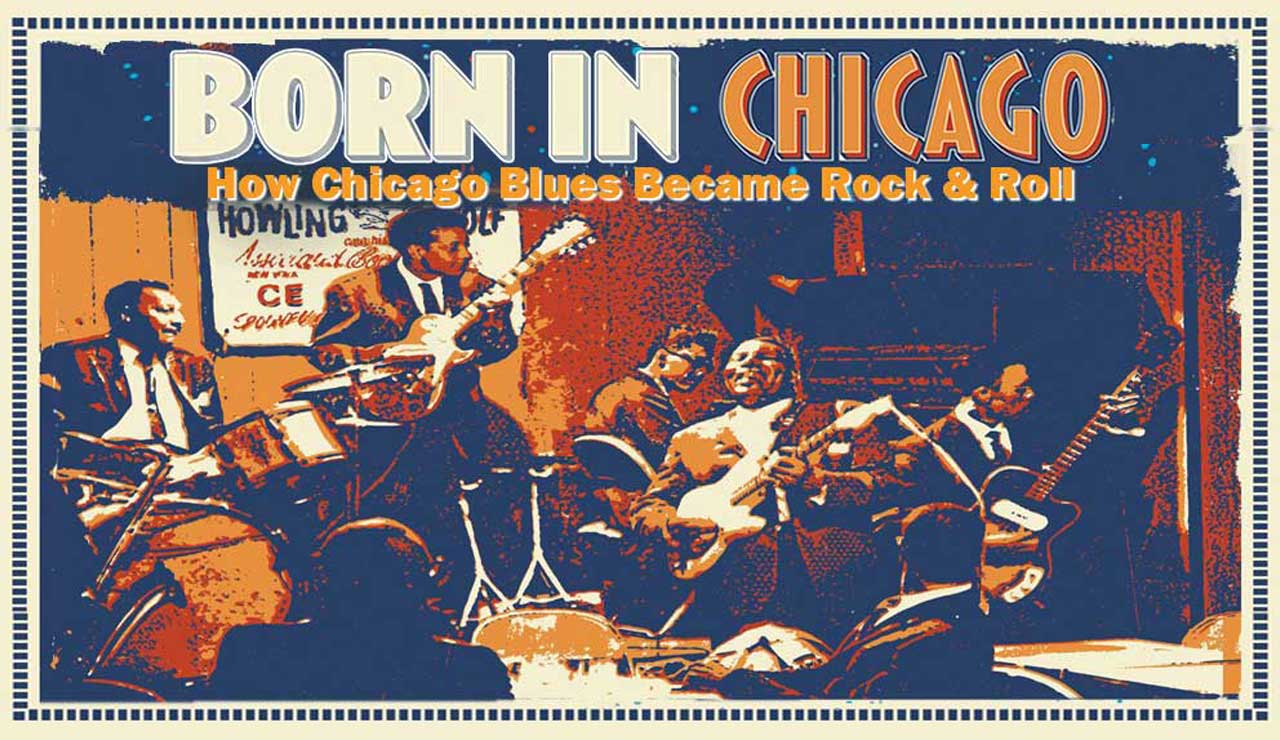The Chicago Blues is a genre of music that emerged from the Great Migration and developed into one of the most influential forms of American music. It is characterized by its use of electric guitars, amplified harmonicas, and a rhythm section of bass and drums, setting it apart from its Delta blues roots. The history of the Chicago Blues is rich with cultural significance, innovation, and notable figures.
Origins and Early Development
The origins of the Chicago Blues can be traced back to the early 20th century when African Americans migrated from the Southern United States to northern cities, including Chicago, in search of better economic opportunities and to escape the oppressive conditions of the South. This period, known as the Great Migration, saw the movement of hundreds of thousands of African Americans who brought their musical traditions with them.
In the Mississippi Delta, the blues was primarily an acoustic music played by solo musicians or small groups. This Delta blues style laid the groundwork for what would become Chicago Blues. Pioneers like Robert Johnson and Charley Patton influenced many of the musicians who moved to Chicago.
Electrification and Evolution
The Chicago Blues began to take shape in the 1940s and 1950s as musicians started to electrify their instruments. The urban environment of Chicago, with its bustling nightlife and crowded clubs, necessitated louder music that could cut through the noise of the city. Electric guitars, amplified harmonicas, and a full rhythm section became the standard. This new sound was raw, powerful, and deeply expressive.
One of the earliest and most influential figures in this electrification process was Muddy Waters. Born McKinley Morganfield in Mississippi, Waters moved to Chicago in 1943 and started recording for Chess Records. His songs, such as “I Can’t Be Satisfied” and “Rollin’ Stone,” showcased his mastery of the electric guitar and laid the foundation for the Chicago Blues sound. Chess Records, founded by Leonard and Phil Chess, became a crucial platform for many blues artists and helped to shape the genre.
Key Figures and Innovations
The Chicago Blues scene of the 1950s and 1960s produced a plethora of talented musicians who each brought their own style and innovations to the genre. Some of the most notable figures include:
- Howlin’ Wolf (Chester Burnett): Known for his deep, growling voice and commanding stage presence, Howlin’ Wolf was another Chess Records star. His songs like “Smokestack Lightning” and “Spoonful” became blues standards.
- Willie Dixon: A prolific songwriter, bassist, and producer, Dixon wrote many of the songs that became hits for other artists, including “Hoochie Coochie Man” and “I Just Want to Make Love to You.”
- Little Walter (Marion Walter Jacobs): A harmonica virtuoso, Little Walter revolutionized the instrument by using amplification and innovative techniques. His song “Juke” became a hit and remains a harmonica classic.
- Buddy Guy: Known for his fiery guitar playing and passionate vocals, Buddy Guy influenced many rock musicians, including Jimi Hendrix and Eric Clapton. His dynamic performance style and blues mastery have earned him a lasting legacy.
Cultural Impact and Legacy
The Chicago Blues had a profound impact on the development of popular music, influencing genres such as rock and roll, rhythm and blues, and soul. British musicians in the 1960s, particularly bands like The Rolling Stones and The Yardbirds, were heavily influenced by Chicago Blues and helped to introduce it to a wider audience.
In Chicago, the blues scene thrived in neighborhoods like the South Side, where clubs like the Checkerboard Lounge and Theresa’s Lounge became hubs for blues musicians and fans. These venues not only provided a space for performances but also fostered a sense of community and cultural identity.
The legacy of the Chicago Blues continues today, with contemporary artists drawing inspiration from the pioneers of the genre. Festivals like the Chicago Blues Festival celebrate this rich musical heritage, and clubs like Buddy Guy’s Legends keep the blues tradition alive in the city.
Conclusion
The history of the Chicago Blues is a testament to the resilience and creativity of African American musicians who transformed their experiences and emotions into a powerful musical form. From the acoustic sounds of the Delta to the electrified intensity of the urban landscape, the Chicago Blues has left an indelible mark on the world of music. Its legacy endures through the timeless recordings of its legends and the ongoing efforts to preserve and celebrate this quintessentially American art form.


No responses yet